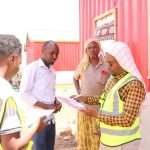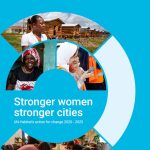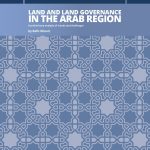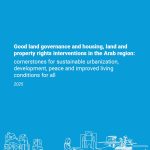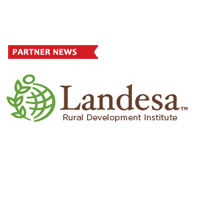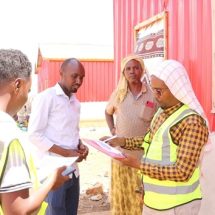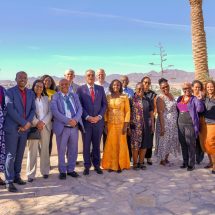The Council on Foreign Relations Development Channel recently posted an exciting article by Stephanie Hanson of the One Acre Fund on empowering female smallholder farmers. The article highlighted four obstacles women farmers in the developing world face: poor quality seed and no fertilizer, no access to credit, limited education and training, and no access to markets. We at Landesa agree strongly with this assessment. However, we would add one fundamental obstacle that presents a significant burden for women across the developing world: their lack of secure land rights to the land they rely on.
The fact is that women make up only a fraction of the agricultural landholders in most developing regions. In fact, the number is often less than 5 percent and generally less than 20 percent. This means the overwhelming majority of women farmers in the developing world don’t have secure rights to the land they till.
As Hanson’s article points out, women are often unable to access credit in rural communities because they do not have a formal title to their land. In fact, studies have shown that women with land rights are more likely to receive credit.
However, secure land rights mean more than just access to credit. When women have secure rights to the land they use, they have incentives to make the land more productive with, for instance, better seeds and fertilizer. In Rwanda, a study found that women are the primary farmers but are granted only temporary, insecure use rights to the land they farm. These weak land rights contribute to a lack of investment in land that has led to severe problems with soil erosion. Furthermore, women with secure rights tend to practice traditional conservation methods, such as mulching and intercropping.


